Museums serve as cultural stewards, showing humanity’s outstanding ability and idiosyncrasies. Museums are sometimes envisioned as huge halls packed with classic art and archaeological finds. However, beyond these conventional settings exists a world of extraordinary and strange museums. Each of these unique institutions provides an uncommon glimpse into the more obscure dimensions of art and culture. These museums, ranging from the absurd to the sublime, challenge our preconceptions of what defines a museum. They entice those who are willing as well as curious to explore the fringes of artistic endeavor and historical fascinations. In this post, we will visit the world’s most odd museums, each of which highlights the different and quirky facets of human inventiveness. These museums not only fascinate but also educate, showcasing the limitless possibilities of creative and historical exploration.
Museum of Bad Art, Massachusetts, USA
The Museum of Bad Art in Massachusetts actively dedicates itself to acquiring, preserving, presenting, and appreciating Bad Art in all its forms. The museum offers a provocative experience regarding the nature of art and taste, with strange portraits and untypical landscapes.
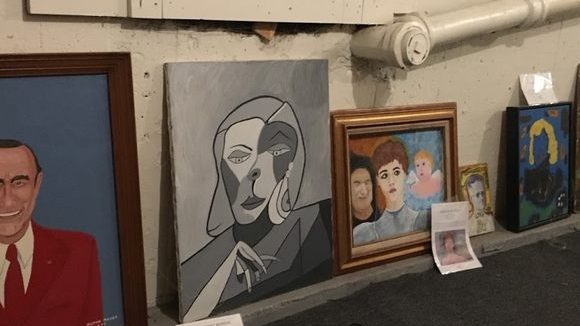
Sulabh International Museum of Toilets, New Delhi, India
The Sulabh International Museum of Toilets in New Delhi is more than just a peculiar place to visit; it’s also an instructive journey through the history of sanitation and toilets. The museum houses a diverse collection of toilets from many times and civilizations, demonstrating the history of sanitation and its influence on society. It’s a tribute to the significance of hygiene throughout history, as well as a reminder of the current sanitation issues.
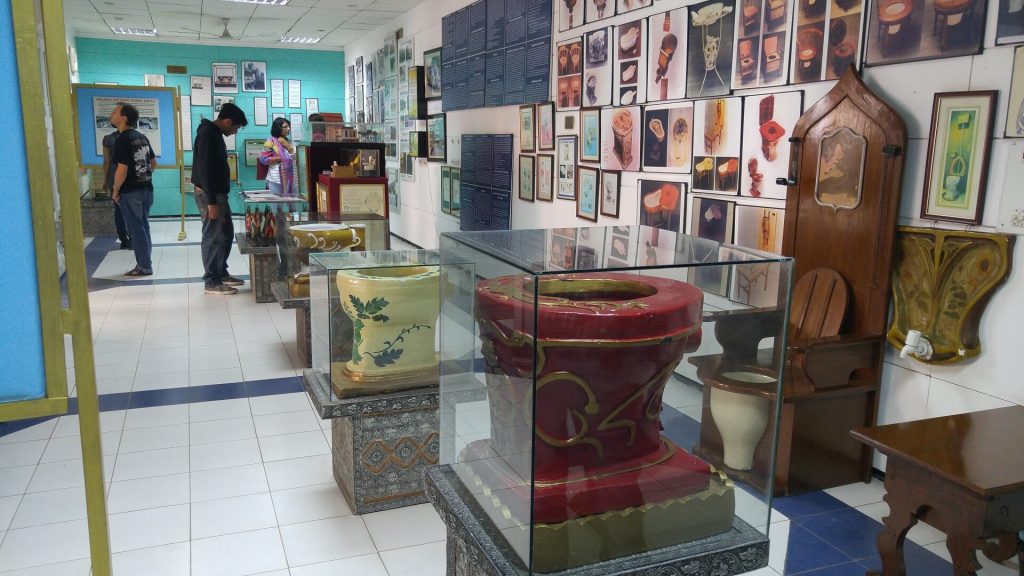
Museum of Witchcraft and Magic, Cornwall, England
The museum of Witchcraft and Magic in Cornwall features a vast collection. It showcases items related to witchcraft, magic, and the occult. This museum holds relics dating back to prehistoric times. It offers insight into magical and enigmatic rituals. These quirks have captivated humanity for ages.
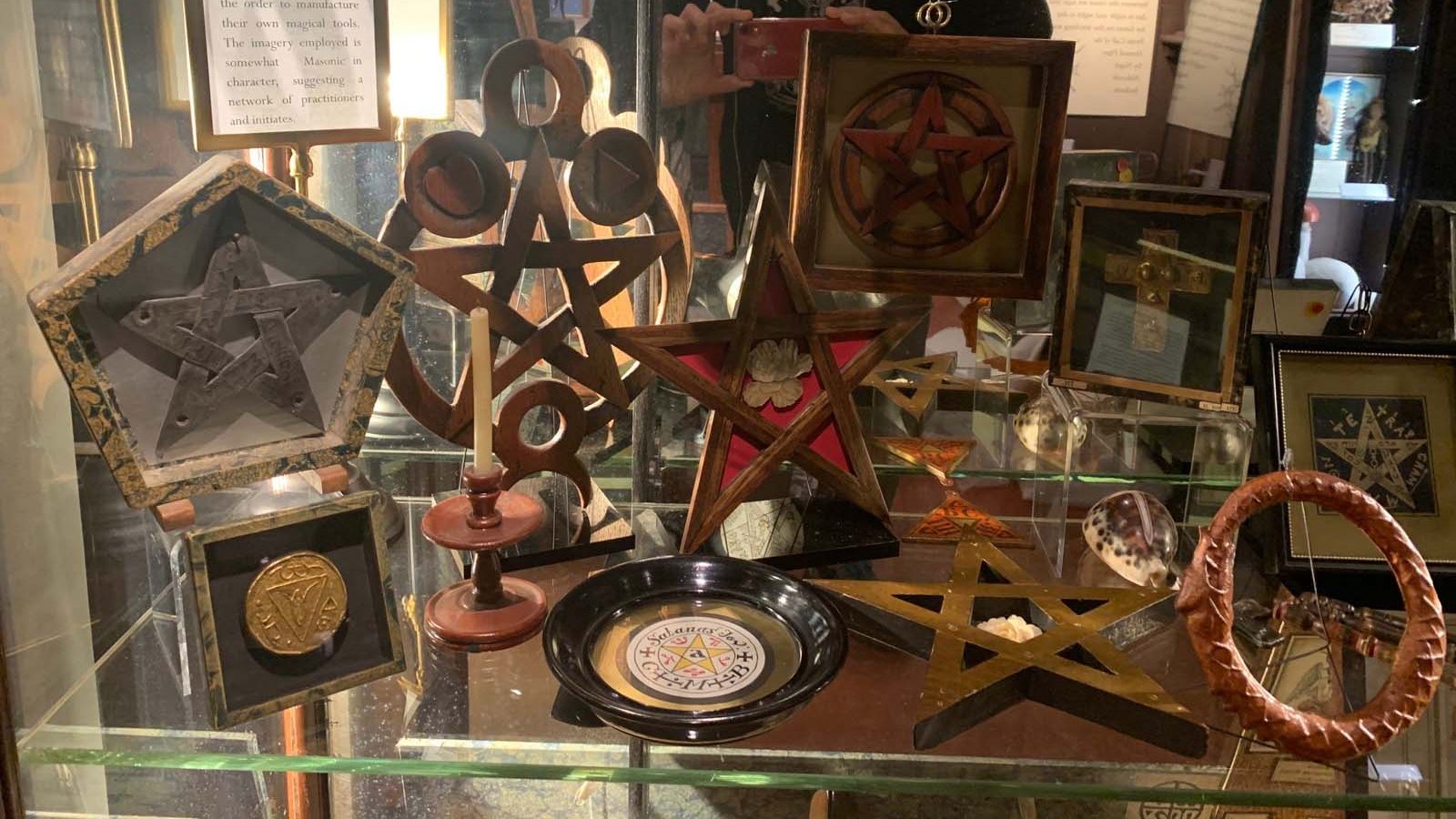
Cancun Underwater Museum, Mexico
Cancun Underwater Museum integrates art and safeguarding the environment. This underwater museum, situated off the coast of Cancun, actively showcases over 500 life-sized sculptures . It promote coral life and boost marine biomass. These artistic creations not only add beauty but also play a crucial role in marine conservation efforts.
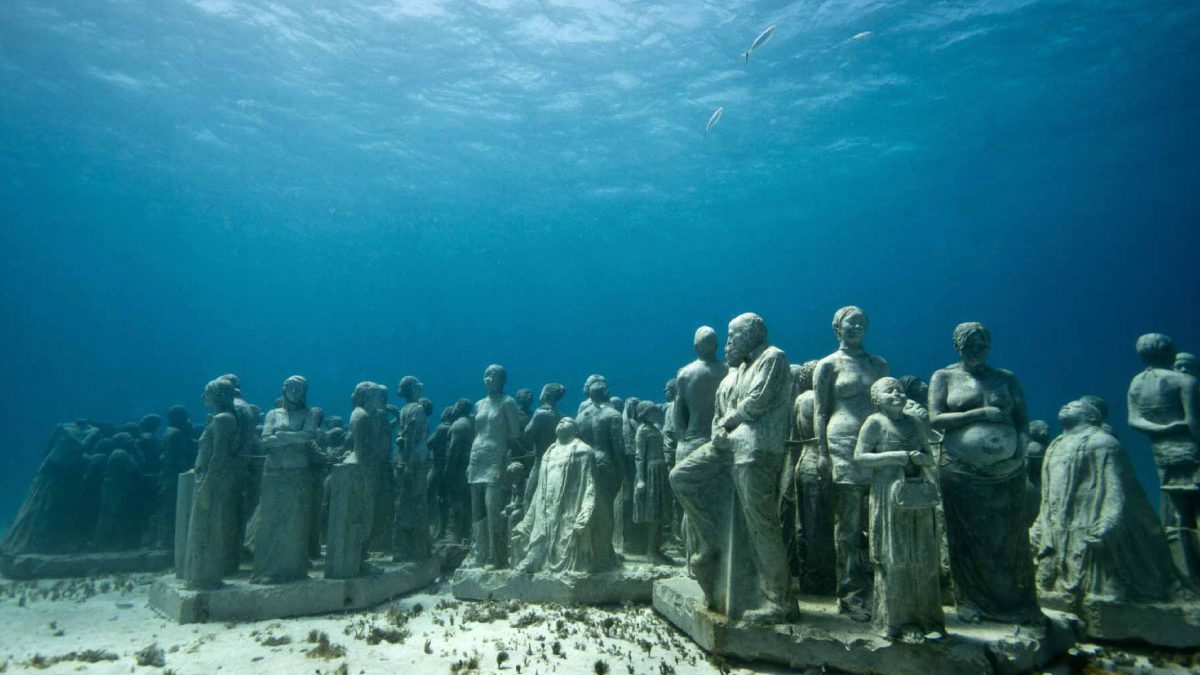
Kunstkamera, St. Petersburg, Russia
Peter the Great established Russia’s first museum, the Kunstkamera in St. Petersburg. It holds a diverse collection of natural wonders, anthropological relics, and even some of Peter the great’s own strange medical specimens. The museum’s goal of educating and denying natural world assumptions makes it an intriguing location for people interested in history and science.
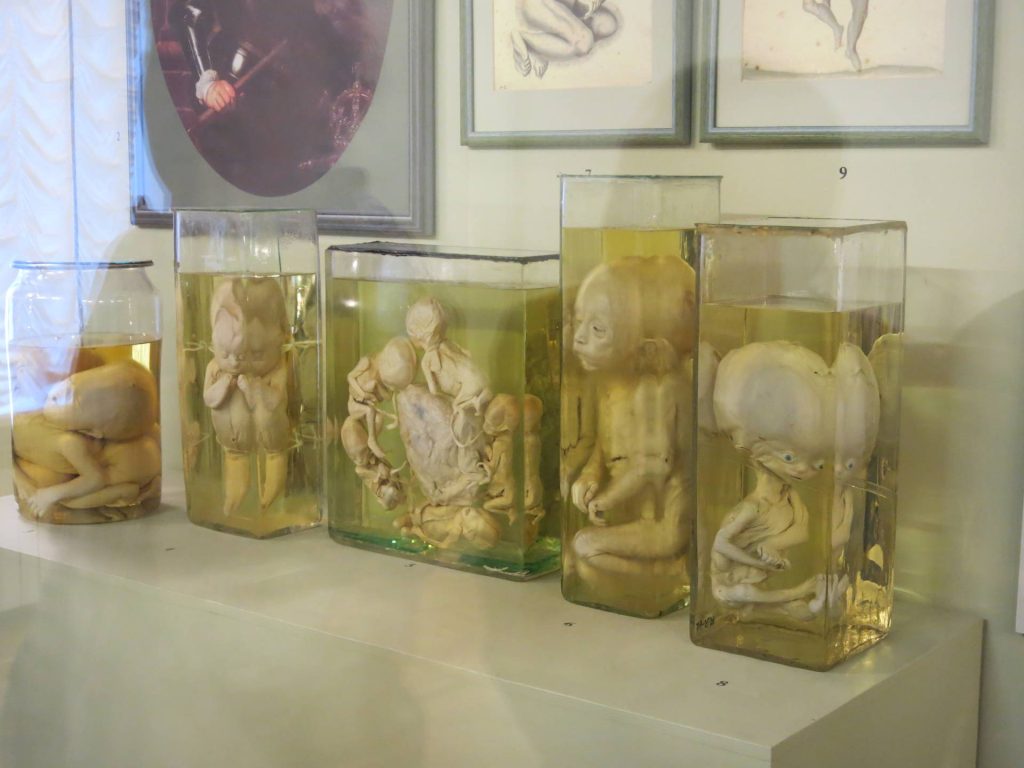
Avanos Hair Museum, Cappadocia, Turkey
The Avanos Hair Museum, located in a tiny cave in Cappadocia, is as bizarre as it is interesting. The walls of the museum have been wallpapered with hair samples from over 16,000 women, each paired with a remark. This peculiar yet interesting collection originated by a local potter and has evolved into a one-of-a-kind homage to memory and identity.

The Dog Collar Museum, Kent, England
The Dog Collar Museum, located at Leeds Castle, Kent, houses an extraordinary collection of antique and special dog collars. The museum gives a peek into the growing connection between humans and their canine friends, displaying the history of dog collars from both utilitarian and stylish views, with some reaching back to the 15th century.
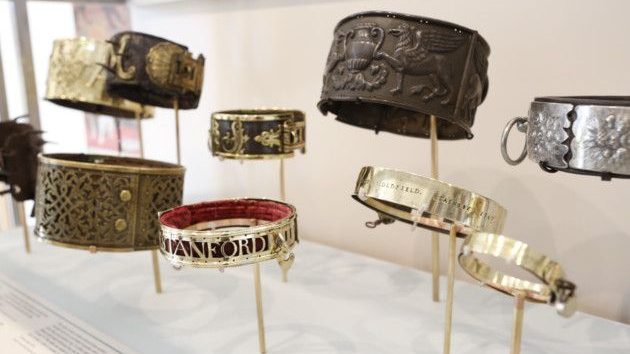
Visiting these different and unusual institutions provides an unfamiliar viewpoint on the huge world of art and culture. Each museum, with its distinct and often outlandish collections, challenges preconceived assumptions of what defines a museum. Visitors to these institutions are more than simply onlookers; they are also participants in a voyage of discovery and amazement. These museums act as a reminder that art and history may be discovered in surprising locations. In our pursuit of greater understanding, they urge us to extend our minds and embrace the unexpected and extraordinary. Finally, these out-of-the-ordinary museums demonstrate that the quest of creative and cultural inquiry knows no limitations, advocating us to always seek out the new and uncommon in every aspect of our lives.







